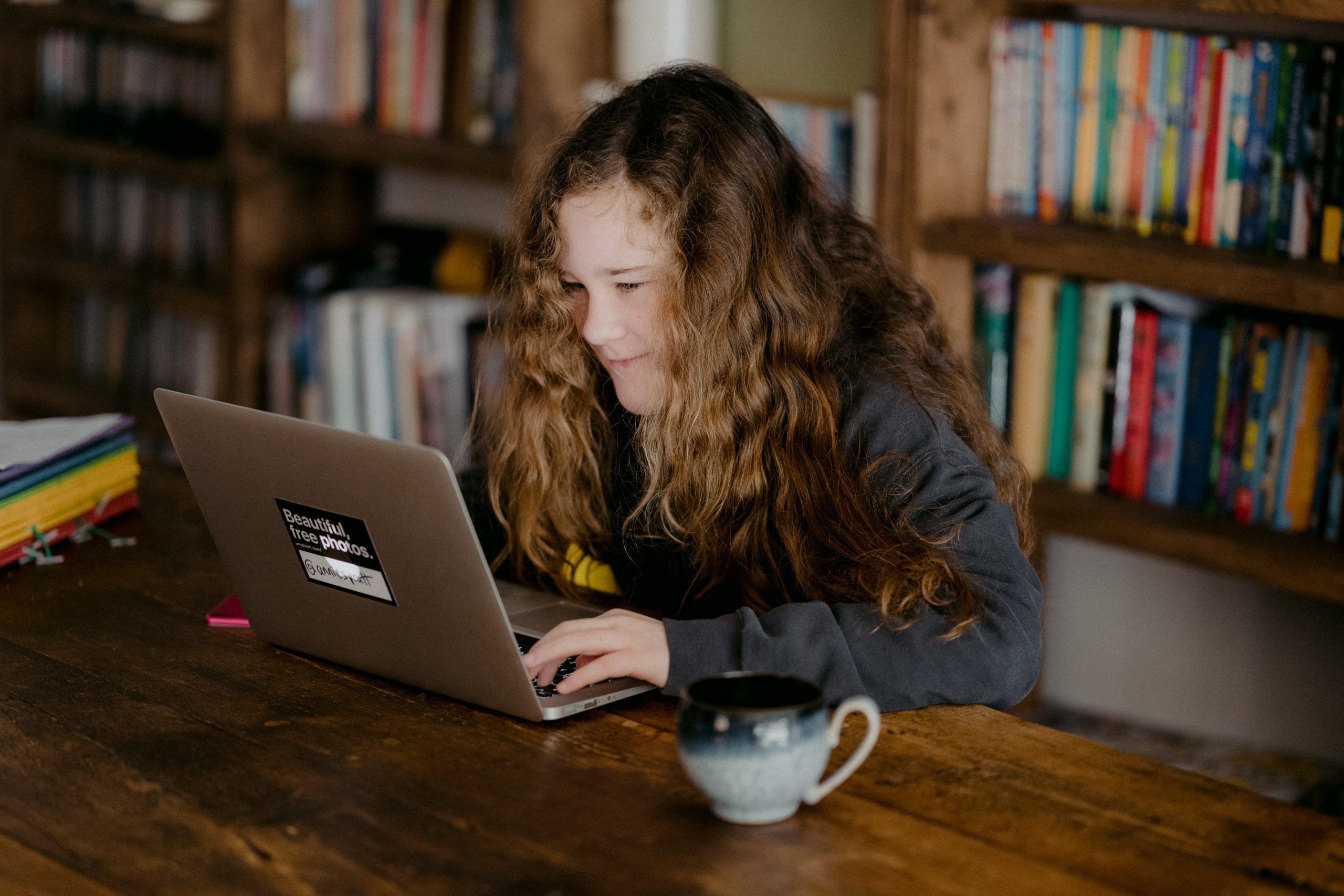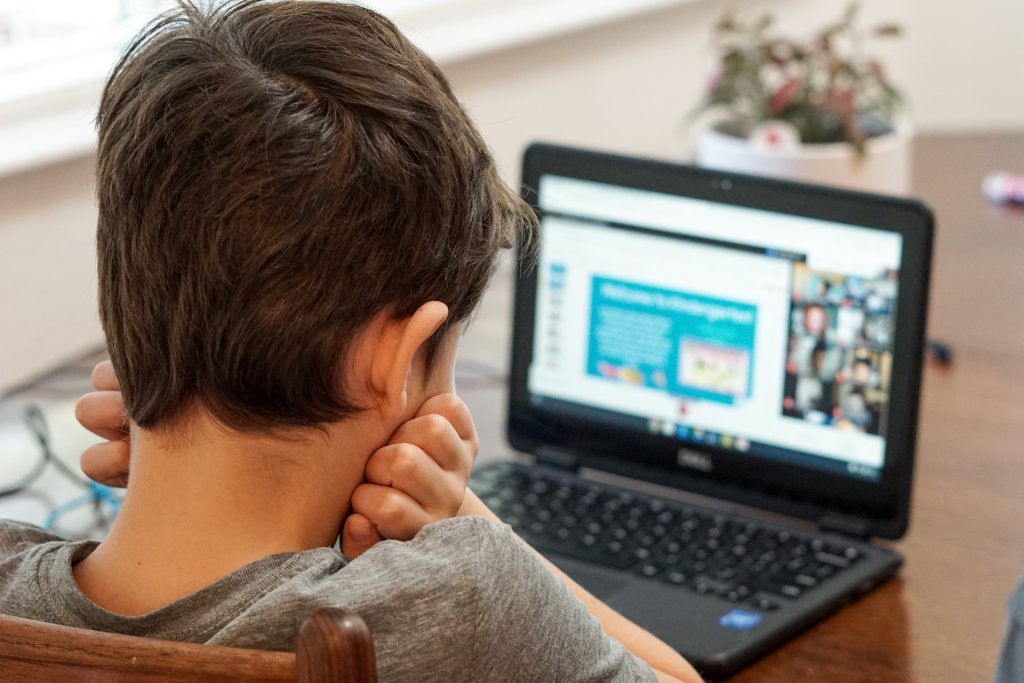
02 Feb How to Ensure Digital Wellbeing When Learning From Home
This week is #childrensmentalhealthweek in the UK. In the pandemic, this will resonate with more people than ever before. The move to online schooling has been reported by many to have had a negative impact on children’s mental health. Long hours spent on Zoom or Microsoft Teams has left many experiencing ‘Zoom burnout’, left unmotivated, stressed, and isolated.
In addition to this, not knowing when this period of online learning and homeschooling will end is also putting a strain on children’s mental health. Initially, in the UK, it was supposed that they would be able to return to school after February half-term. Unfortunately, with lockdown extended until 8th March, this will not be the case. Not only this, but they have no clear answer as to when they will be able to go to school again and see their friends.
No wonder that this can be an anxious and isolating time for them.
Therefore, it is important that their digital-life balance is not unhealthy and that their digital wellbeing is protected. In a time where so much of our lives have been moved to online spaces, maintaining a healthy relationship with tech is vital. A year ago, if you had been told that your child would spend six hours staring at a screen each day, you would most likely have protested in disbelief. Of course, these are strange and worrying times, but we cannot let this compromise our children’s mental health.
How can we protect children’s digital wellbeing?
The greatest concern is the sheer quantity of time children are now spending online. From a physical health perspective, one area that is a concern is their eyesight. Prolonged hours staring at screens can lead to permanent eyesight issues, as well as headaches and eyestrain in the moment.
Protect their eyes
To protect their eyesight, encourage them to look away from the screen every 20 minutes and focus on something else across the room or out the window. They don’t need to stop listening or focussing on what’s going on in their online lesson; they just need to give their eyes a 20 second rest.

To add to worries about the physical impacts of online learning, the educational value of remote online lessons delivered to children may be declining as time has dragged on. Whilst teachers are doing their utmost to ensure the quality of education children, it is very difficult for them to monitor behaviour, engagement and attainment from the other side of a screen. This is exacerbated by the fact that due to feelings of anxiety and isolation, combined with the monotony of learning from home, children may be losing motivation for their learning.
Design digital wellbeing breaks
To keep them interested, and for the sake of their attention span, it is important that they take frequent screen breaks and manage their time well. Try to carve out periods of time to be spent entirely screen-free, and spend it doing other enjoyable activities, such as going for a walk or doing something creative. This will give their brain a well-earned break from their lessons, as well as hopefully easing any feelings of stress or boredom that may have developed during the long day of online lessons. Don’t frame these as ‘screen time breaks’, try to emphasise the activity they are engaging in, instead of highlighting what they are leaving behind.
Remind them they’re not alone
Most importantly of all for their mental health and digital wellbeing, try not to let them be upset if they feel they have fallen behind, or are struggling with their work. Remind them that many children are in the same boat with them. It is simply that, because they are not all doing their work in the same classroom as in pre-pandemic times, they cannot see how others are faring, and perhaps struggling the same way.
It’s a tough time for children but we can ensure that they get the maximum benefit out of screens for learning, without letting excess time impact their mental health. You can find more tips for maximised productivity for digital learning here.





Sorry, the comment form is closed at this time.